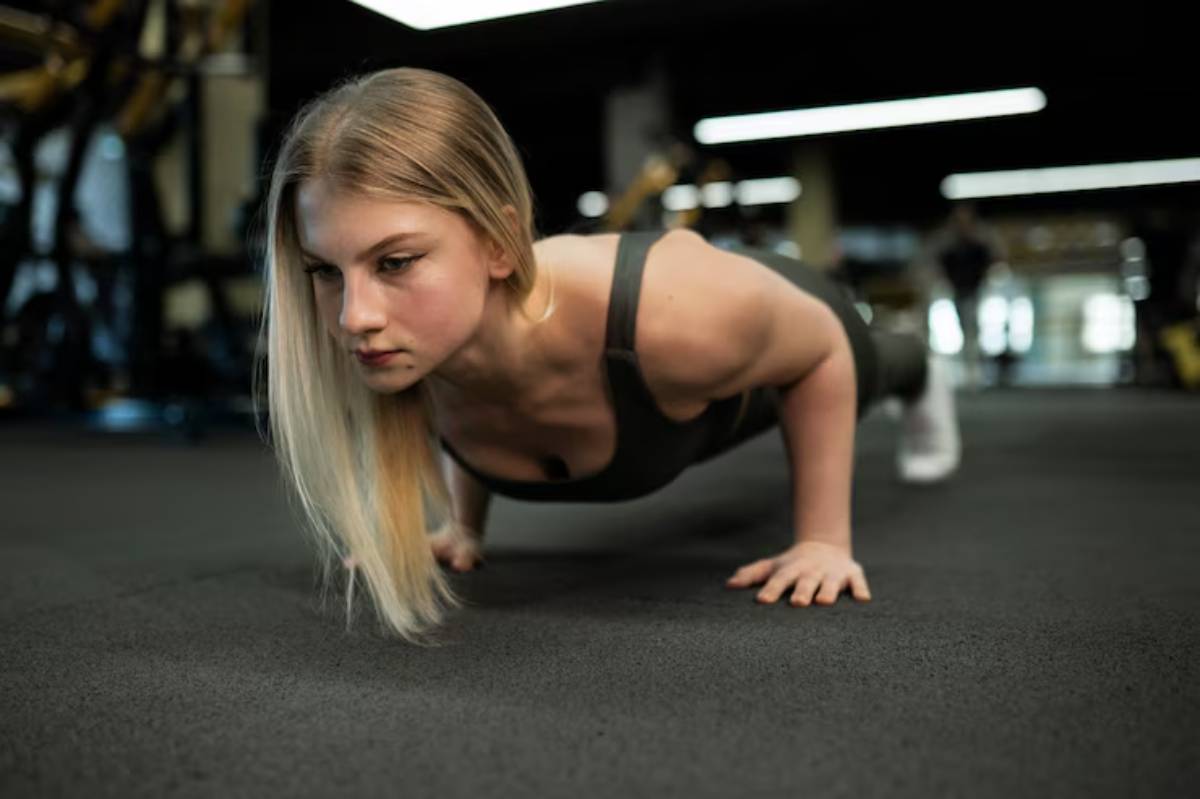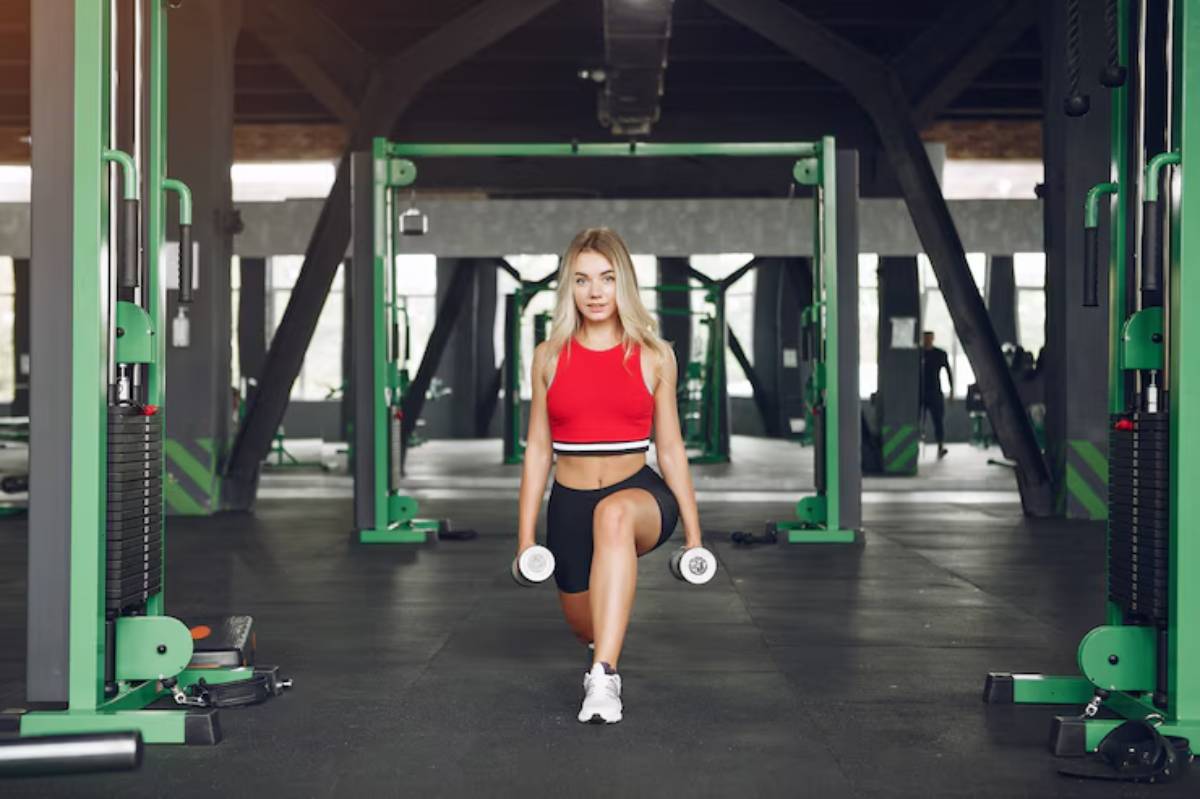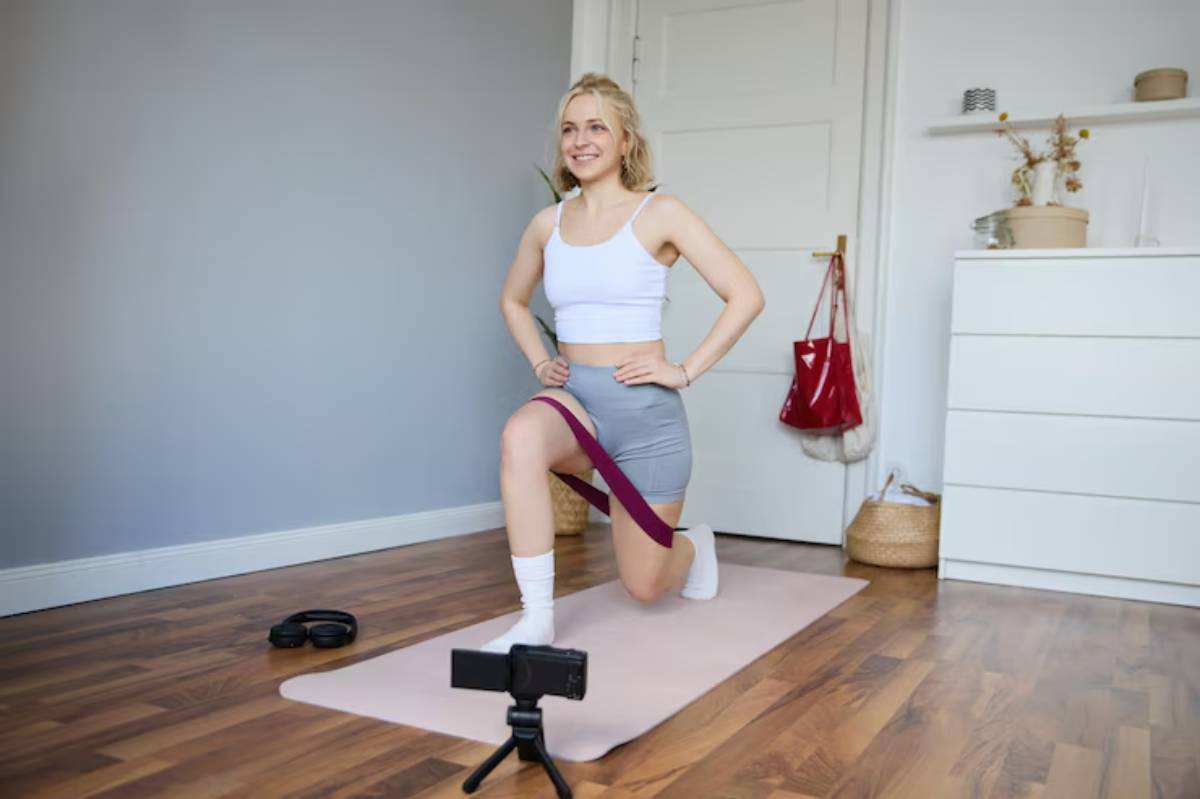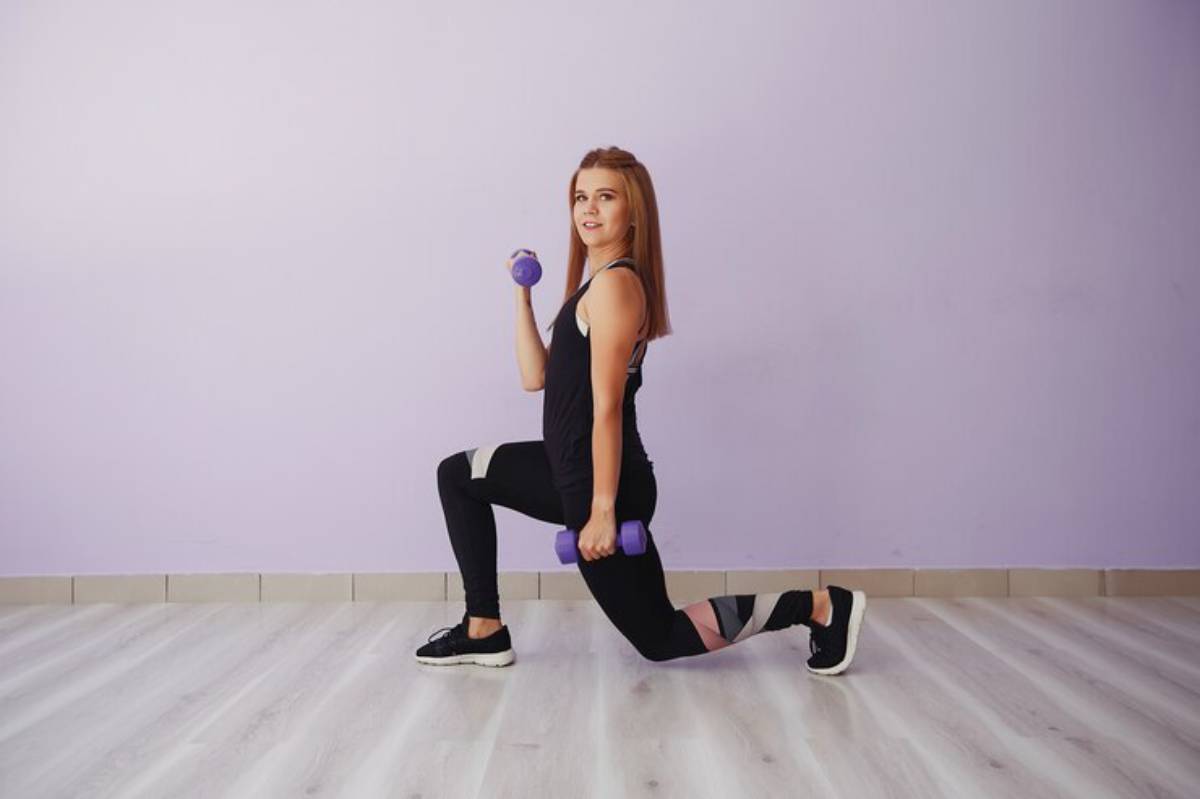
How to Start Weight Training as a Woman With No Experience
You’re standing at the gym entrance, heart pounding, wondering if everyone’s staring or if you’re even doing it right. Starting weight training as a woman with zero experience can feel overwhelming, like stepping into an unfamiliar world full of clanking metal and unspoken rules.
But here’s the truth: every experienced lifter started exactly where you are — unsure, intimidated, but curious. Weight training isn’t reserved for athletes or bodybuilders. It’s for you — the woman who wants to feel stronger, more capable, and more confident in her body.
This guide is your roadmap. We’ll demystify beginner lifting, break down your first day gym plan, and offer practical steps that make your transition into strength training smooth, empowering, and even enjoyable.
Understanding the Core: What Is Weight Training?
Weight training (or resistance training) uses weights — dumbbells, barbells, machines, or even your own body weight — to build muscle, increase strength, and improve bone density. For women, especially, it’s a powerful tool for.
- Supporting hormone health
- Boosting metabolism
- Building lean muscle without “bulking up”
- Preventing injury and maintaining joint function
Myth Busting Women won’t automatically get bulky from lifting weights. It takes a lot of time, progressive overload, and often specific nutritional support to gain significant muscle mass.
According to the NHS and Women’s Health magazine, incorporating resistance training at least twice a week can reduce the risk of osteoporosis, improve posture, and enhance daily energy levels.
Quick Guide: Your Beginner Lifting Launchpad
- Understand the why – Identify your fitness goals: strength, tone, confidence?
- Start simple – Learn foundational movements before diving into complex exercises.
- Plan your first gym day – Go in with a set list of exercises and time slots.
- Focus on form – Proper technique prevents injury and enhances results.
- Track your progress – Log weights, sets, and reps to stay motivated.
- Stay consistent – Small efforts compounded weekly lead to visible results.
- Celebrate small wins – Every extra rep or brave gym visit counts.
Pro Tip: Invest in a basic session with a certified personal trainer. One hour of feedback can shortcut months of confusion.
Step-by-Step Guide: Beginner Weight Training for Women
Step 1: Set Clear, Realistic Goals
Your goals shape your routine. Do you want to build strength, lose fat, boost mood, or simply create a habit?
- Strength goals: Focus on compound lifts like squats and deadlifts
- Toning goals: Include moderate reps and a mix of resistance and cardio
- Mental clarity or stress relief: Short, consistent sessions are best
Step 2: Learn the Foundational Movements
These five movement patterns are the backbone of any solid programme:

- Push (e.g., push-ups, overhead press)
- Pull (e.g., rows, lat pull-downs)
- Hinge (e.g., deadlifts, kettlebell swings)
- Squat (e.g., bodyweight squats, goblet squats)
- Carry (e.g., farmer’s walk, suitcase carry)
Learning these basics lays the groundwork for more complex moves down the road.
Step 3: Plan Your First Day Gym Plan
Here’s a simple, full-body beginner routine:
- 5-minute warm-up (treadmill walk, dynamic stretches)
- Goblet squats – 3 sets of 10 reps
- Dumbbell bench press – 3×10
- Bent-over dumbbell rows – 3×10
- Glute bridges – 3×12
- Plank – 3 sets of 20 seconds
Important Tip: Start with light weights. It’s better to finish strong than to struggle and compromise form.
Step 4: Focus on Form First
Before you increase weight, master your technique. Watch verified YouTube videos, use mirrors, or ask a trainer for help. Good form reduces risk of injury and speeds up your gains.
Step 5: Schedule Two to Three Weekly Sessions
Consistency matters more than intensity. Start with 2–3 non-consecutive days per week, allowing time for recovery.
Example:

- Monday: Full-body strength
- Wednesday: Light cardio or mobility
- Friday: Full-body strength
Step 6: Log Your Workouts
Tracking your progress helps build momentum. Use a notebook, app, or spreadsheet. Note the date, exercises, sets/reps, and how you felt.
Step 7: Evaluate and Progress
After 4–6 weeks, reflect:
- Are the weights feeling too easy?
- Is your form solid?
- Do you enjoy certain moves more than others?
Add weight, swap in variations, or consult a programme like The Ultimate Beginner Weight Training Guide for Women.
Important Notes & Warnings
Important: Wear comfortable clothes and closed-toe shoes. Don’t feel pressured to look a certain way — show up as you are.
Warning: Avoid copying advanced lifters’ routines. Your body needs to build foundational strength first.
Pro Tip: Bring a water bottle, towel, and small notepad — these basics make your sessions smoother and more enjoyable.
Best Practices & Additional Insights
Don’t Skip the Warm-Up or Cool-Down
Warm-ups prep your muscles and joints, while cool-downs help reduce soreness. Think of them as your body’s opening and closing rituals.
Mindset Is Half the Battle
Your first few weeks will be about showing up, even when you feel out of place. Remind yourself discomfort is part of growth.
Find Your Gym Rhythm
Some women prefer morning workouts, others hit their stride in the evening. Test and adjust until you find what feels sustainable.
Social Media Isn’t a Benchmark
Fitness influencers are professionals. Your journey isn’t less valid if you’re lifting 5kg dumbbells while they’re deadlifting triple bodyweight. Focus on your lane.
Find Motivation in Small Wins
Every completed workout is progress. Track your victories — big and small — as they’ll fuel your motivation more than any mirror check.
To reinforce this mindset, read Celebrating Small Wins Motivation Tips for Female Lifters.
FAQs
Is weight training safe for women with no experience?
Yes, when done with proper form and gradual progression. Starting with bodyweight and light dumbbells reduces risk of injury.
Will lifting make me bulky?
No. Women naturally have lower testosterone levels, making extreme muscle growth difficult without specific training and diet strategies.
How do I avoid looking lost at the gym?
Bring a simple plan, wear headphones, and stay focused. Most people are too busy with their own workouts to notice others.
Do I need supplements to start lifting?
No. A balanced diet with enough protein is more important at the beginning. Supplements can be added later if needed.
What’s a good time commitment for beginners?
Start with 30–45 minute sessions, 2–3 times per week. That’s plenty for meaningful progress.
You’re Stronger Than You Think: Begin Your Lifting Journey
Starting anything new is brave, and weight training is no exception. But you’re not alone, and you don’t need to “know everything” before stepping into the gym.
By understanding the basics, setting small goals, and sticking with a consistent rhythm, you’ll find that strength isn’t just about lifting heavy — it’s about showing up, for yourself, again and again.
Now’s the time. Lace up your trainers, grab that beginner lifting plan, and claim your space in the gym. You belong here — no experience required.


